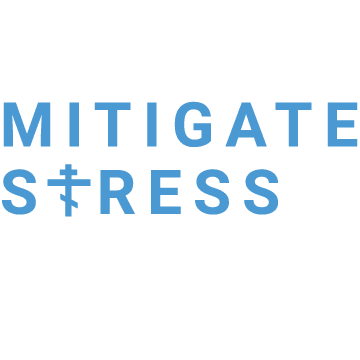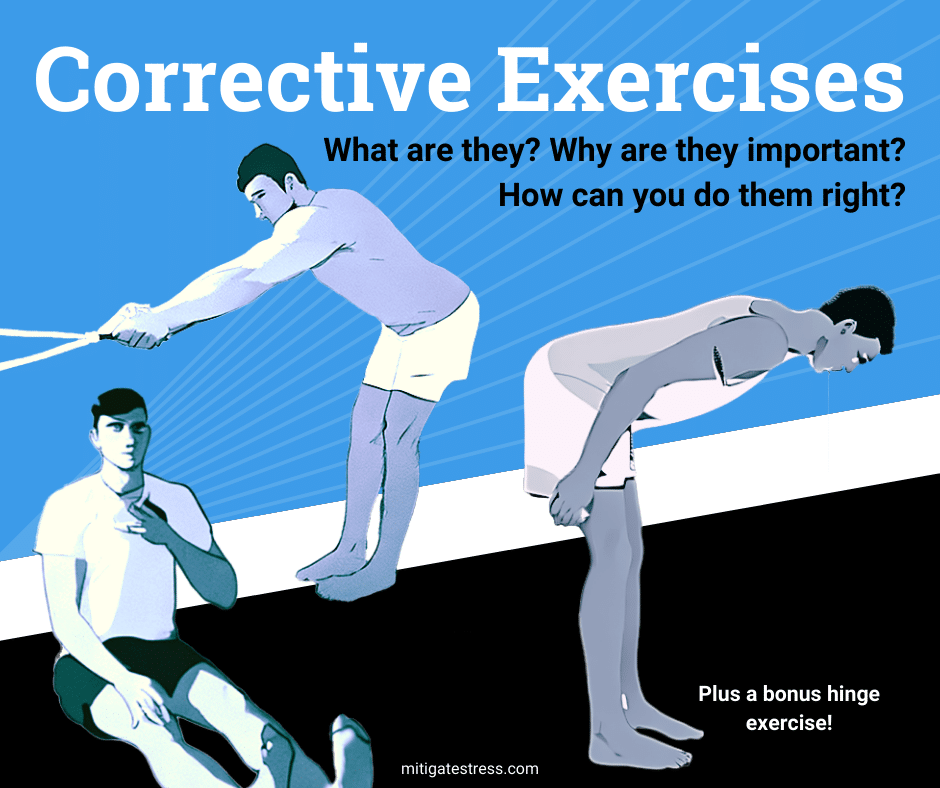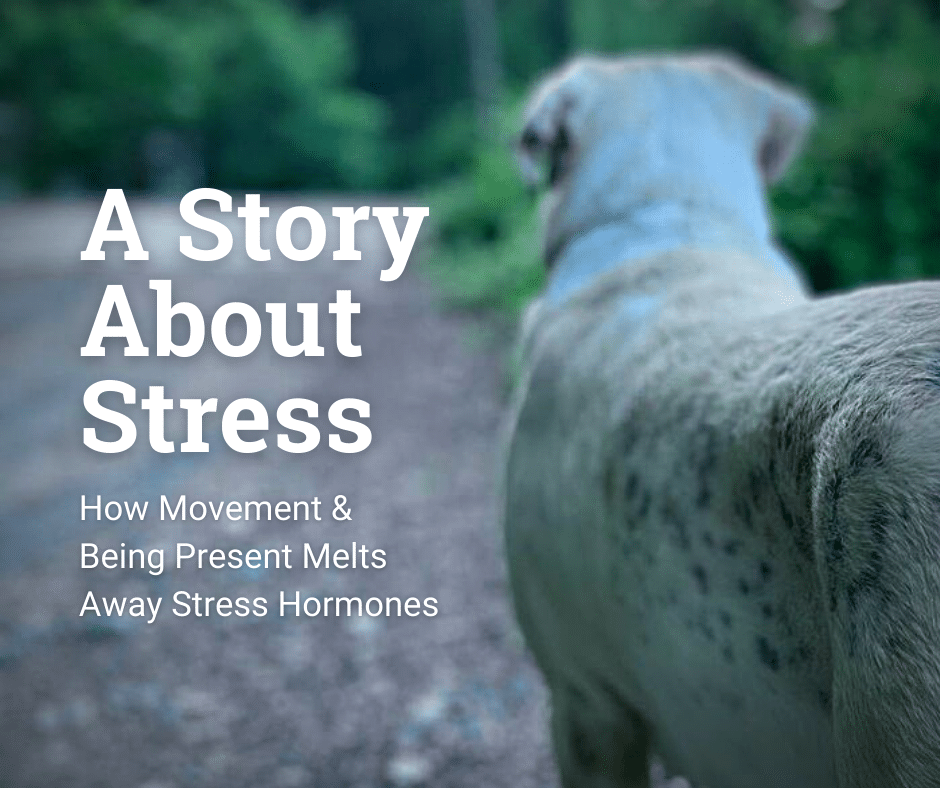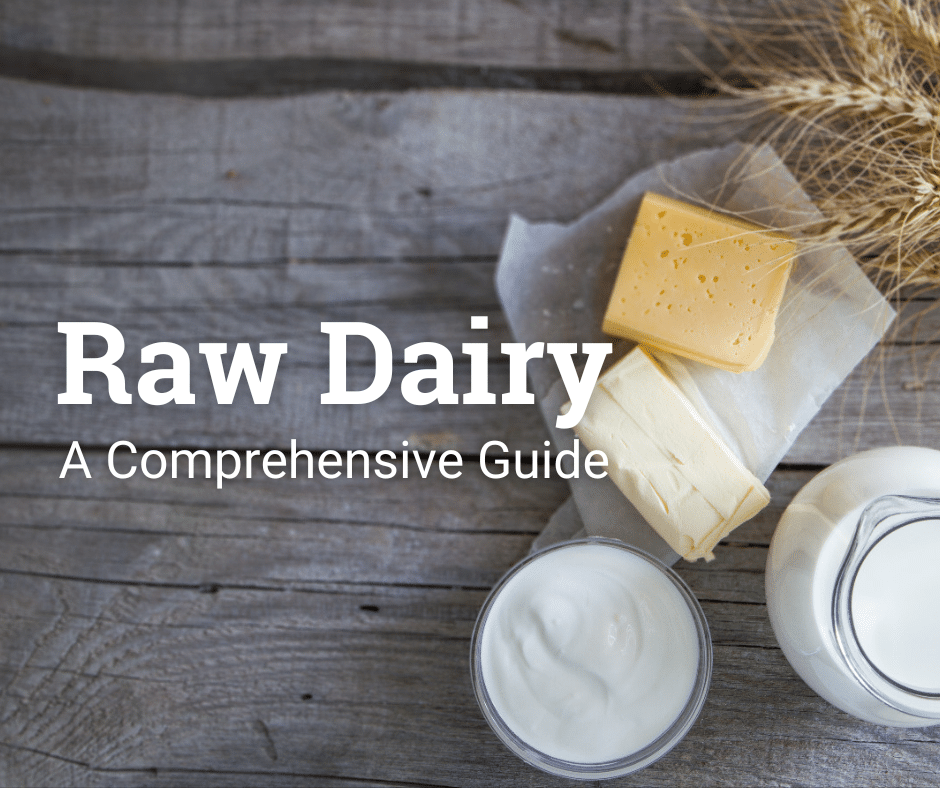Corrective Exercises can mean so many different things from various trainers and accreditations. We like to view corrective exercises simply as creating hydration (length) in the body’s overly shortened, used, and dehydrated areas while creating proper activation (tension) in the weak, flaccid, disengaged, dormant, and atrophied parts of the body. The problem is most people create length without tension and vice versa. This is where the terminology “corrective exercises” can become very subjective, and that’s honestly okay.
Our goal is to get tall and spacious. We want to systemically hydrate the tissues on a cellular level while creating space and pressure throughout the body. Instead of trying to “force our body” into an ideology or structure that we think is “functional or natural,” our focus is instead to get out of our own body’s way. We want to lift our ribs off our pelvis and create space/pressure in our abdominal cavity. Our goal is to create more space in various parts of our body, such as the ribs, neck, throat, skull, wrists, ankles, knees, and most importantly, our pelvis. We want to be able to breathe in this spacious position while being relaxed (like a fish with gills).
Corrective Exercise Philosophies
When it comes to corrective exercises, so many accreditations have their own philosophy. There’s the NASM and NSCA (and other mainstream names) philosophy, which is more traditional and basic. Then there are different philosophies that also we enjoy, such as Functional Patterns, various Flobility concepts, Landmine University, Movemed & One of a Kind Fitness. While we don’t believe these philosophies are inherently right or wrong, we have our personal preferences. Nonetheless, we find value in each one and extract useful information from them, even if it’s only a few pieces. It’s important to not completely close yourself off to certain modalities but rather become aware of them (their pros & cons) and, more importantly, become aware of how you move and what you need to do to optimize your structure/movement.
We will say we are definitely fans of Functional Patterns, Movemed, & One of a Kind Fitness.
Length & Tension
We spoke about the length-tension relationship in our trigger-point blog; again, our body is basically one giant muscle with 600 or so attachments. The fascia that holds our entire body together is like a big web that is interconnected, going through our bones, muscles, organs, and virtually everything, which is also very interconnected with our nervous system. Fascia is also our hydration pack holding and distributing roughly 60% (or more) of our entire body’s water storage.
This spider web matrix has a length/tension relationship. That length/tension relationship is greatly affected when it is dehydrated, when we are emotional, or when we have consistent stress habits affecting our posture, among other things. When we trigger-point correctly, we apply deep & sustained pressure to the fascia to hydrate it, allowing the collagen fibers to glide and slide smoothly. This creates more range of motion. Again the muscular/fascia system does not technically stretch per se. Instead, the collagen fibers glide and slide to create length. That being said, if these collagen fibers don’t have the hydration and slick surfaces (GAGs) necessary to glide and slide along efficiently and smoothly, then that’s when tears, injuries, and issues arise.
Warming Up
When we go straight into passive stretching as a warm-up without dynamic stretching, movement, walking, or trigger-pointing, we are setting ourselves up for injury and lesser results. That’s why some people end up pulling or tearing their hamstrings, calves, or whatever it may be when they go directly into a sustained, intense stretch without proper engagement and awareness. To understand how to warm up the body, we trigger-point and can do dynamic stretching such as teeps, light kicks, light punches, and various movements such as playing and walking. All of this is great. Once the fascia is more hydrated, warm, and malleable, we can practice corrective exercises, which are the rewiring for the software (nervous system).
Corrective exercises are amazing because they are extremely versatile; you can perform them with a debilitated client by making simple modifications to the movement while using the same principles. With an athlete, you can utilize that same movement but change the leverage and the angles, which adds more stretching, intensity, and engagement. Eventually, you can utilize added weights to create even more intensity, thus yielding more results.
The Hinge Corrective
Let’s use the basic “Hinge Corrective” as an example. The Hinge is one of the best ways to lengthen and activate the entire posterior chain. Most people’s hamstrings are tucked under the butt, sometimes 1, 2 even 3 inches of tissue that are significantly shortened, bundled up, and dehydrated. Now there are dozens of ways to hinge. The most common way to hinge is to perform a deadlift. Still, the problem is most people aren’t ready to add weight when they don’t even know how to leverage, lengthen and properly activate their posterior chain, let alone with hundreds of pounds.
Most people need to start with simply hinging over a bench and supporting themselves, and learning how to feel (it’s about feeling) an optimal stretch in their hamstrings while keeping their lower backs slightly arched (not rounding and not in pain). Their knees/feet should point straight forward (not outwards) while pushing/sitting their butts back and reaching their upper body forward like a rubber band from head to toe. This creates a ton of length and decompression throughout the whole structure. The goal is to make the body weight variation of a deadlift extremely intense (but safe) and focused on the lengthening (and activation) of the entire posterior chain. When we just go straight into deadlifts, we’re simply lifting weights, and that’s fine, but it’s all relative. Our first goal should be to create length and activation rather than just increase weight and vanity.
Muscular size and strength are essential, but when it is the primary focus, we become blind to the most important aspect of fitness, which is to optimize our structure and our biomechanical efficiency. That is, again, optimizing the length and tension relationship throughout your entire body – getting taller, longer, creating space, and ultimately becoming stronger and more hydrated. If we prioritize this with our corrective exercises, then muscle and strength will easily be put on as a byproduct by simply adding intensity, time, and, eventually, weights to these corrective exercises. This will keep you in the “fitness game” longer and will allow you to form that sustainable, foundational fitness routine that will keep you moving optimally into your old age rather than breaking you down and eventually forcing you to seek some form of relief whether through surgery, medication or some form of sub-par (or maybe not) physical therapy or rehab training.
In summary, hopefully, you get the idea of what a corrective exercise is; there are many schools of thought, including ours. It’s the awareness; it’s the change of thought from the indoctrination of the mass psychosis on what fitness should be. What is the mass psychosis in the fitness industry? The mass psychosis is the primary focus of fitness being vanity and ego-driven. Again, we promote strength and muscle a ton. In fact, if you don’t focus on strength and muscle, you are limiting your health and fitness results greatly, but it is HOW you focus on strength and muscle, and that focus should be more as a byproduct of function rather than separating the two.
If you focus on corrective exercises as your foundation for strength and movement and gradually develop an understanding of your body’s length/tension relationship and how to properly activate it, then eventually adding weights and using progressive overload will lead to greater improvements in strength, mobility, activation, and overall performance compared to solely lifting weights. Of course, the principle of specificity still applies. That being said, whatever activity you are doing and want to get better at, simply doing that activity will yield the most significant results (preferably being ambidextrous). As far as specificity goes, our goal is to provide you with correctives that allow your body to function more optimally with every task or activity you perform.
Let’s Get Started
Below we want to share with you a very simple beginner progression of the Hinge exercise that you can add as a foundation for your routine. Try it three times a week or even a little bit every day. You can modify this to your needs, and eventually, you can progress with added weight and intensity, but make sure you don’t feel back pain. If you do, reevaluate your technique or support yourself using a bench. Make sure you focus on feeling the hamstrings lengthen (stretch) first and then arch the lower back while sitting the butt back and keeping your feet & knees pointed straight forward. Make sure your upper body is tall and decompressed (create space in the ribs and lift the ribs off of your pelvis). Breathe slowly, breathe through the nose, and breathe like a fish with gills – slowly expand the ribs with each breath. Use your breath to allow you to add more intensity, breathe in, then slowly exhale as you intensify the “stretch and reach.”
Give it a try:
Hinge 1.3 — Somewhat Intermediate
In Christ,
Nick & Nathan






0 Comments